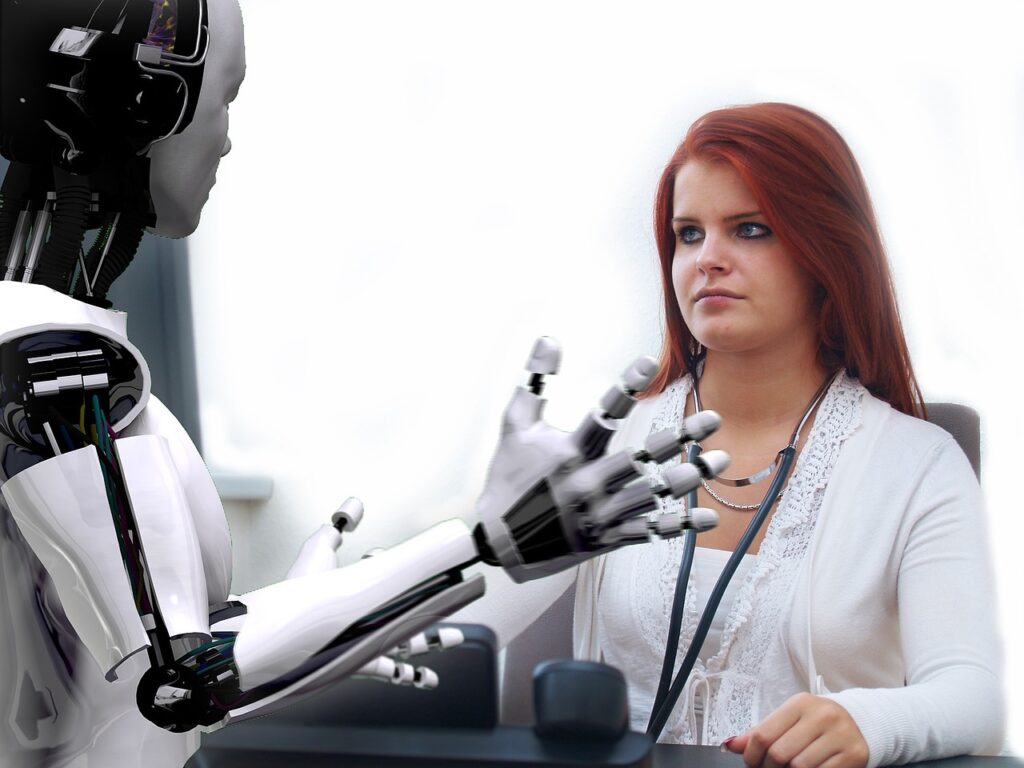At the Inspire Brands’ Innovation Center In Atlanta Inspire Brands’ Innovation Center in Atlanta, the Flippy robot is taking on a brand new task. The robot, developed by Miso Robotics initially came on scenes as a burger-making solution. It’s now cooking wings, for the very first time.
The bots, dubbed Flippy 1, as well as 2 have been being developed for more than five years and have taken on pilots for brands like CaliBurger as well as White Castle. The wings version is currently being tested by the Inspire’s Buffalo Wild Wings brand as an opportunity to increase manufacturing and speeds. The plan is to ramp the use of it by 2022 and beyond.
“Our strategy and our vision for automation at Inspire is really not about the labor shortage, it is all about how we increase our capacity,” said Stephanie Sentell, SVP of innovation and operations for restaurants at Inspire. “The automation that we are looking at will allow us to unlock that and provide faster food to our guests.”
However, the problem of the shortage of workers is inevitable. It is a fact that the National Restaurant Association recently reported that 4 out of 5 operators aren’t adequately staffed. This includes 81 percent of full-service operators and 75% of operators with limited-service. Robotics could help ease staffing issues and help accelerate operations.
A solution to the fry station.
Miso stated that Flippy 2 will play a crucial task in kitchens that of the fryer station.
“The fry station is one of those jobs, it’s tough to do,” said Mike Bell, Miso Robotics CEO. “It’s repetitive, at times it’s hazardous, and it’s boring. This was the perfect chance for robots that automate to help companies like Buffalo Wild Wings.”
The machine can cost as much as $3,000 per month. Miso anticipates participating in more than a dozen pilots in partnership with the biggest restaurants over the coming months.
An White Castle team member with Flippy.Courtesy: Miso Robotics
While Flippy is working behind the scenes the Matradee from Richtech is able to wait and even shuttle tables. The machine, which retails at up to $20k was tested in eateries like California Pizza Kitchen.
Richtech Chief Operating Officer Phil Zheng told CNBC the company is signing large chains to conduct pilots every week in the current economic climate.
“Our food runner [robot] basically allows servers to serve a lot more tables, and customers get their food faster,” Zheng stated. “Restaurants can increase revenues, as servers have more time with customers. … They could increase the price of drinks, specials and such in addition to generating higher revenue for the company.”
The company also offers an automated cleaning system for hotels and is anticipating opportunities to be found in airports , and even senior living facilities, as the labor shortage is predicted to persist for many some time to come.
Robotics use extends far beyond in-house operations for food businesses. Virtual and ghost kitchens are also looking at making use of robots to serve food to customers.
Kitchen United this week launched an experiment for five days using the Kiwibot to accept orders from its restaurant in the Westfield Valley Fair mall in the Bay Area to homes within the half-mile range. Reef Virtual Kitchens has a similar program that is partnered with Cartken which is located in Miami.
Fast-food businesses Domino’s and Chipotle are both also involved together with Softbank-backed Nuro. Domino’s started the pilot in Houston using Nuro’s autonomous vehicle this spring. Also, Chipotle revealed in March that it had invested into Nuro as part of its financing round to be announced in the second quarter of 2020.
Robotics is a challenge ahead for robotics
A recent report by EMSI, “The Demographic Drought,” said that, while automation could ease labour-related pains, it is facing two issues. One, robots cannot fully replace human beings. The second reason is that the job shortage will not go away and people will be required to create robots and other technological solutions that automate.
“Companies seeking to make investments in AI development face massive shortages of skilled workers and. In the case of robotic automation, a study of the market share of robotic automation has revealed that the industries currently investing in the technology (automotive metal, electronics, and auto) are the ones currently driving the market. However, collaborative robots aren’t meeting the requirements to be successful in gaining market share,” the report said.
Miso Robotics is working on rolling out a brand new variant of the Flippy robot, which is responsible for making wings using the fryer.Source: Miso Robotics
Ron Hetrick, a labor economist at EMSI and one of the report’s authors stated that overall the restaurant industry isn’t capable of bringing robotics into the restaurant industry at a sufficient level. However, the future business models for restaurants are likely to continue to evolve as labor issues remain. The model of business may change to ensure that the amount of services customers require drops.
“You will probably lose out on the amount of restaurants that you can go sit in,” Hetrick stated.
Miso’s Bell stated the software developers are constantly highly sought-after, however the company is currently facing “normal challenges” in terms of workforce availability. The current supply chain crisis is a more immediate issue.
“We do not have shortages of supply in the moment and aren’t expecting them to occur within the next six-month period. However, in the long term there are a lot of things that we must sort out. We hope that this global supply chain gets straightened out over the next few months,” he said.

